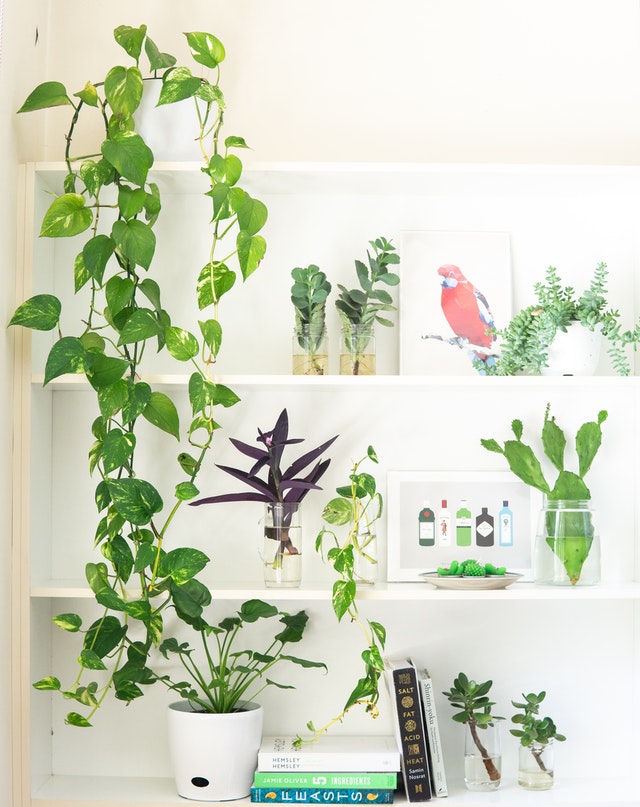During the pandemic that kept many in lockdown status, people filled bucket list items with hobbies they started and put down or hobbies they wanted to start. Some people took up music lessons and learned piano from online websites. Several others developed or mastered baking and are now selling cakes for side income. Still, others thought the lockdown was a great time to become plant parents. Continue reading to discover the ease at which people went from having no plants to becoming full-on plant owners and get some tips for taking care of indoor plants.

Being locked in confirmed our love of comfort. Redecorating efforts picked up, and for many, they included indulging in the benefits of indoor plants. Some of those benefits include:
- Guide to Taking Care of Your Indoor Plants
- They may sharpen your attention.
- They may help you recover from illness quickly.
There are several benefits to having plants, some have had bad luck keeping them alive and need tips. Therefore, some tips for taking care of indoor plants are:
Start With a Good Soil
Start your green thumb by giving your plants the best soil for optimal growth. That includes using equal parts peat moss, vermiculite, and compost.
Pot Size Matters
Make sure your plant size is correct for the plant you are putting in it. You don?t want to add trauma to your plant by constantly changing the pot accurately from the start.
Get on a Good Watering Schedule
Most house plants prefer moist soil versus soggy wet or dry. Therefore, figuring out how many days the water stays moist in your home is essential. Once you have a schedule, stick to it as long as it works. For many plants, that means every 3-5 days.
Keep in mind that some indoor plants prefer to get watered from the top, and others like to be watered from the bottom. Some plants like to receive mist on their leaves.
Let There Be Light
Light is as essential to plants as water. Opening blinds, curtains, and even manufactured lights are beneficial to the healthy growth of indoor plants.
Propagate When Needed
Propagating plants is how many grow from a few to several house plants. To propagate means to cut or trim to avoid overgrowth and allows your plants to multiply. Propagating can be done using several methods.
One is to gently empty a growing plant from its pot and let the soil fall lose. Using a gentle hand, get as much dirt off the roots as possible. When you can, pull apart a small section of the plant without damaging the top and keeping the roots as intact as possible. Re-pot the old and pot the new piece carefully.
The other method is trimming stems and placing them in a glass jar until roots form. Once you have roots, you can plant that piece in a new pot with soil. Successful propagating will lead to you having a lush indoor garden in no time at all.
Dust Indoor Plants
Houseplants need cleaning and care, just like the rest of your home. Keeping your leaves free of dirt and dust will allow sun and water to absorb them.
Remove Drying Leaves
If your plant has leaves that are 50% dried or damaged, trimming them will save the rest of your plant from dying due to lack of nutrients.
Control Insects
Wiping leaves to keep insects away is as essential as keeping dust off. Use vegetable oil on leaves weekly if you notice gnats, mealybugs, or other insects infesting your plants.
Great Plants for Beginners
There are a few plants that are easier to take care of than others. Those are:
Pothos
Succulents
Philodendrons
ZZ Plants
Sansevieria
Ferns
Palms
As this guide shows, plant parents are as proud as other parents of the beauties they have created. This long list of tips and guides for taking care of indoor plants helps ensure that taking care of plants isn’t as daunting as it seems, even for a beginner.

As the editor of the blog, She curate insightful content that sparks curiosity and fosters learning. With a passion for storytelling and a keen eye for detail, she strive to bring diverse perspectives and engaging narratives to readers, ensuring every piece informs, inspires, and enriches.









